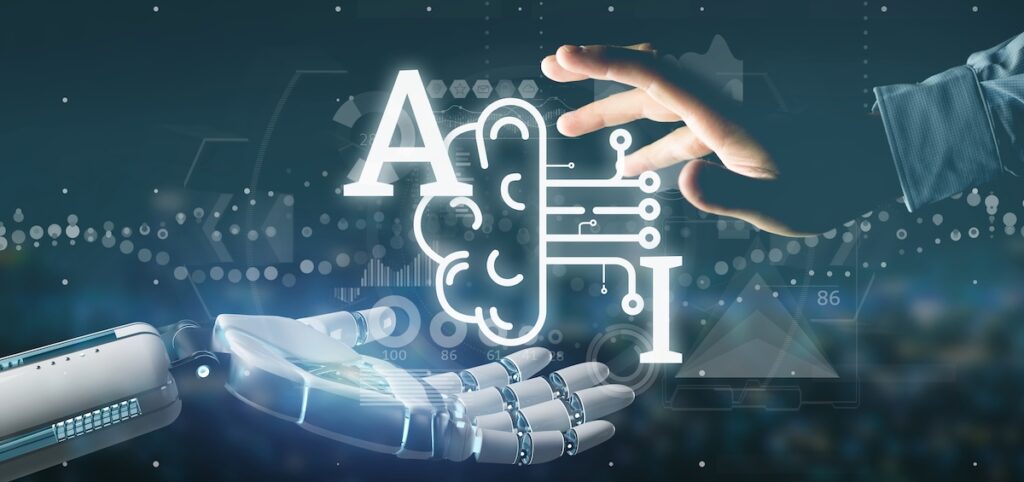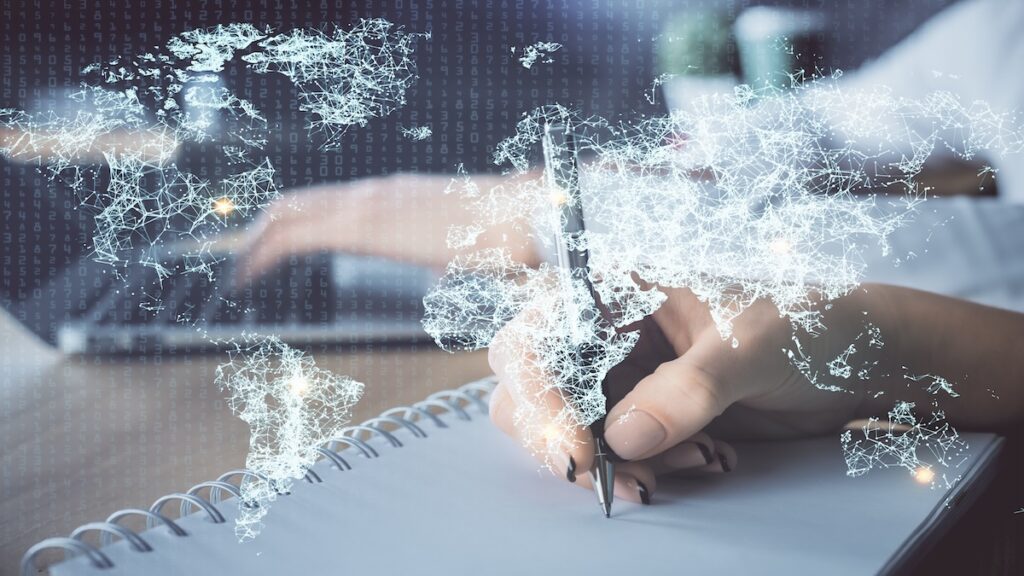From chatbots and automated emails to essays and news articles, it’s getting harder to tell the difference between human-written and AI-written content. This rise of AI content has given birth to AI detectors – tools that can tell if content was written by a human or AI. But how good are they? Let’s find out.
How AI Detectors Work
AI detectors are built on machine learning models that are trained to recognize patterns such as vocabulary, sentence structure and syntax complexity that might indicate AI involvement. These tools dig deep into the content and pick up on telltale signs like repeated phrases or predictable sentence patterns. For example many large language models like ChatGPT have a unique “fingerprint” in their writing style that detectors are trained to catch.
In practice, AI detectors work by comparing content against huge datasets of human and AI-written content. By learning the differences they make an educated guess about a piece of content’s origin. But these detectors aren’t static, they are continuously trained to get better as new AI models emerge.
AI Detector Accuracy: Factors and Challenges
The accuracy of an AI detector depends on many factors. First of all the type of AI model that generated the content matters. Detectors can easily pick up content from less sophisticated models because of the obvious patterns in sentence structure and vocabulary. But as models like GPT-4 and Gemini get better they produce content that looks almost human and it’s harder for detectors to tell AI text from human text.
Training data also matters. Detectors trained on large and diverse datasets are generally more accurate than those with limited data as they have “seen” more writing styles. But even the best trained detectors can fail. If a detector hasn’t been updated to include the latest language model its accuracy will suffer. This is an evolving landscape so at times AI detectors are in a never ending game of catch up with newer and more advanced AI models and that can lead to detection errors.

Common Problems
AI detectors are great but they have their own problems. For one, they struggle to detect content that’s been written by humans and AI. When you have a mix of human and AI writing it can be hard for the detector to make a call. Also, detectors can be biased; some may be better at certain styles or languages based on their training data.
False positives—where human-written content is detected as AI written—are a big problem. This can be a big issue in academic environments where a mis detection could be disastrous for a student’s integrity. False negatives—where AI written content slips through undetected—are also a problem especially in fields where authenticity matters like journalism or academic publishing.
Use Cases and Ethics
AI detectors are used across many fields to maintain authenticity and accountability. In educational environments, AI detectors are being used to verify student work is original. In journalism, they help editors verify content authenticity, social media platforms use them to filter out bot generated misinformation. But there are ethical implications to their use. Privacy concerns can arise if content is flagged as AI generated when it’s not. Misidentification can harm trust and lead to bias against certain groups or writing styles.
Can AI Detectors Keep Up?
The pace of AI’s progress is a challenge for AI detectors. As AI-generated content gets more sophisticated, detectors need to keep up. While detector accuracy is improving, the technological arms race between AI content generators and AI content detectors has many wondering if detectors can really keep up. Despite the progress some experts think for the foreseeable future AI detection will need human oversight as a failsafe against misidentification.
Summary
In the end, AI detectors give us insight into content authenticity, but they’re not perfect. Their accuracy depends on the AI model generating the content, the quality of the training data and the detector itself. As AI gets better so will the need for better detectors and potentially human verification. For now, AI detectors are a helpful, imperfect solution for detecting AI-generated content in our digital world.




